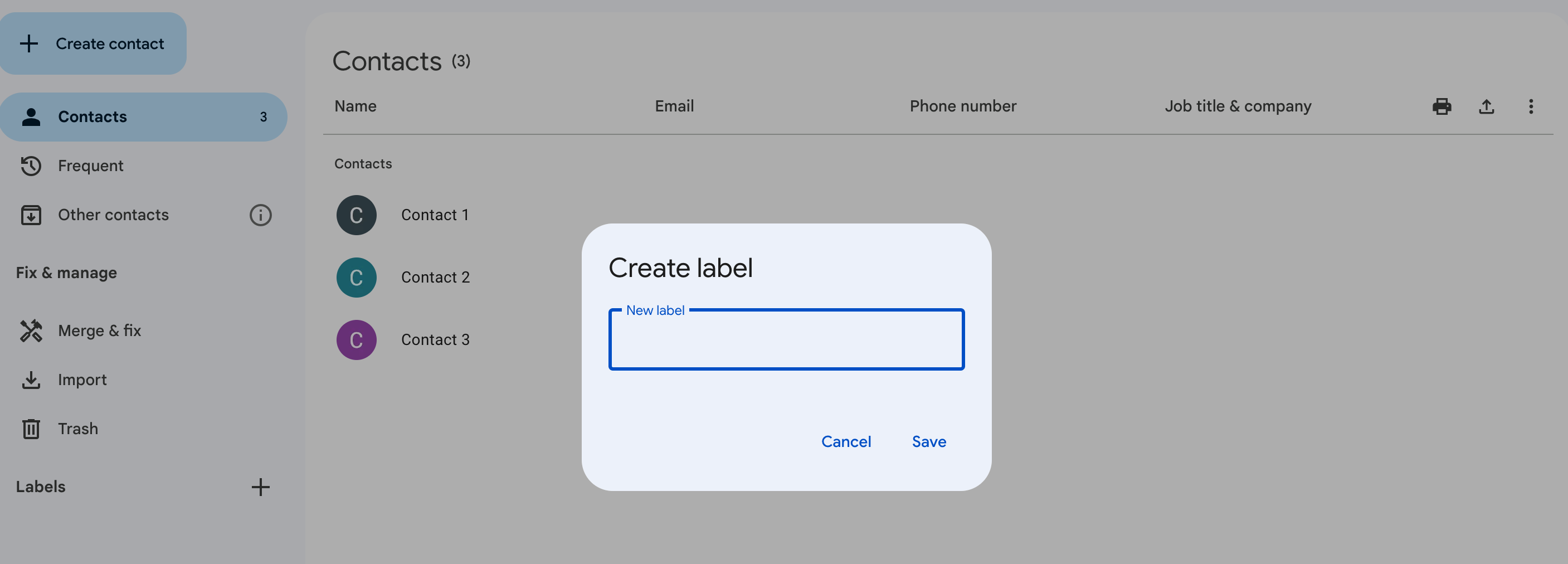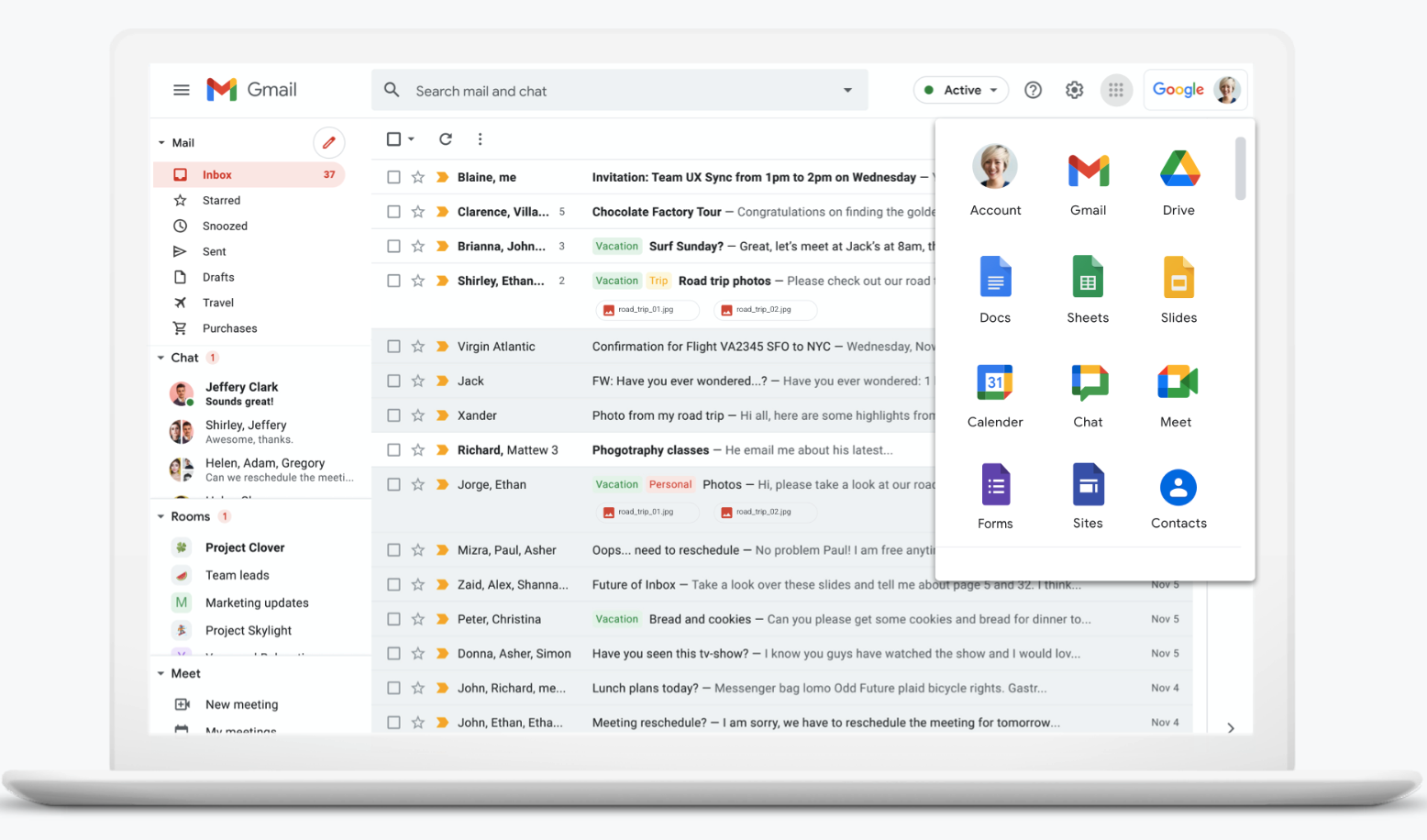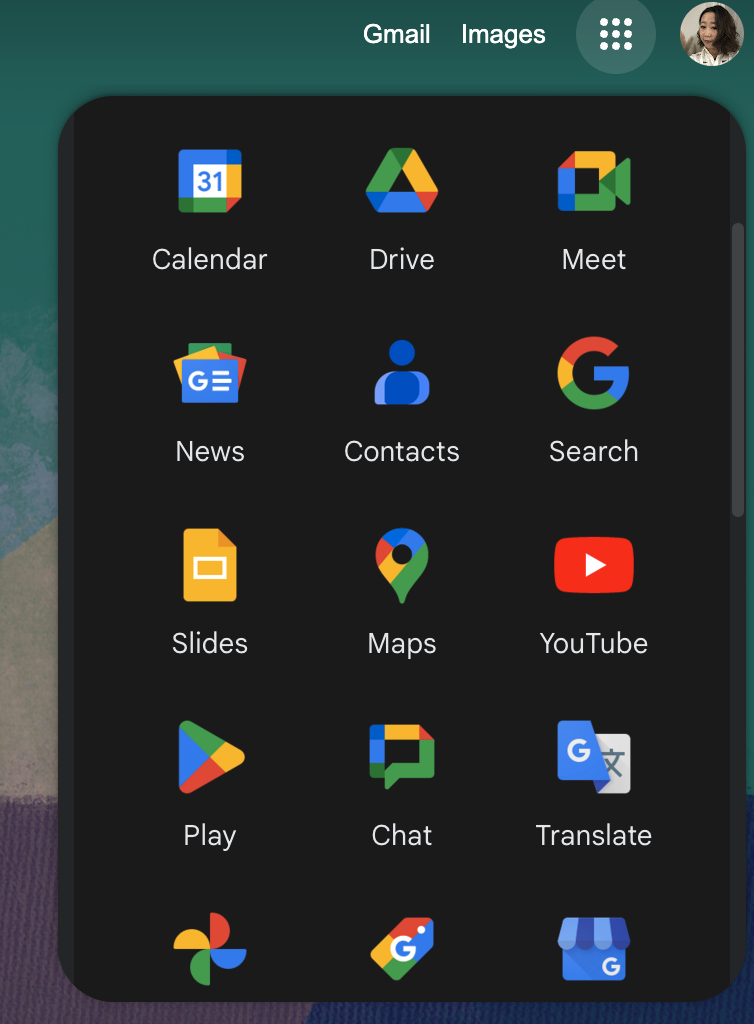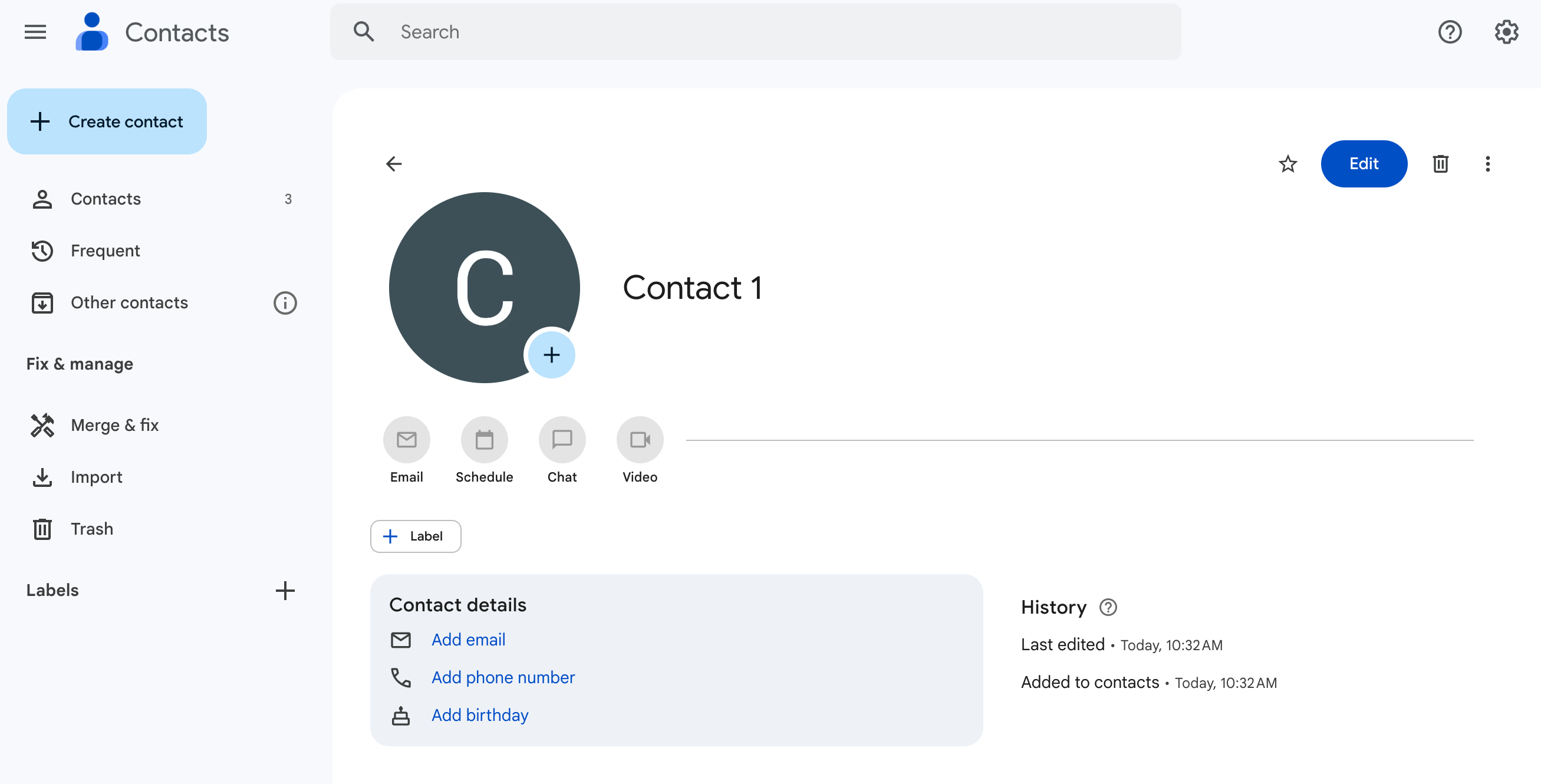Google Contacts is a powerful tool that allows you to manage and organize your contacts in one convenient place. Whether you're switching to a new device or simply want to keep your contacts up to date, importing them into Google Contacts is a straightforward process. In this article, we will guide you through the steps to import your contact CSV into Google Contacts. Let's get started!
The advantages of Google Contacts
Google Contacts is a free online address book that allows you to store and manage your contacts. It's integrated with other Google services like Gmail, Google Calendar, and Google Drive, making it easy to access your contacts across multiple platforms. Google Contacts offers a range of features and benefits that can streamline your communication and organization. Let's explore some of these advantages:
Contact Syncing
One of the key benefits of using Google Contacts is the ability to synchronize your contacts across all devices connected to your Google account. This means you can access and manage your contacts from your computer, smartphone, or tablet.
Organization
Google Contacts offers various features to help you organize your contacts effectively. You can create groups to divide your contacts based on different criteria, such as work, family, or friends. This allows for easy segmentation and quick access to specific groups of contacts. In addition to groups, Google Contacts also allows you to add labels and use tags to further organize your contacts. You can assign labels to contacts based on their relationship to you, their industry, or any other relevant characteristic. This makes it simple to sort and filter your contacts based on specific criteria.

Integration
Google Contacts seamlessly integrates with other Google services through Google Workspace. You can easily access your contacts when composing emails, scheduling events, or sharing files. It can come in handy if you're composing an email in Gmail. You will be able to quickly look up a contact's name and add them to the recipient list without leaving the email composition window.
If you schedule events often using the Google Calendar, you can quickly invite contacts to the event by selecting them from your Google Contacts. This ensures that everyone you need to invite is included, and you don't have to manually type in their email addresses.
If you need to share a file through Google Drive, you can easily select contacts from your Google Contacts to share the files with. This simplifies the process of collaboration and ensures that the right people have access to the shared files.

Preparing Your Contacts for Import
Before importing your contacts into Google Contacts, it's essential to organize and format them appropriately. This will ensure a smooth transition and prevent any data loss or formatting errors. Formatting your contacts correctly is crucial for a successful import into Google Contacts. Google Contacts supports multiple file formats for importing contacts. The two most common formats are CSV (Comma Separated Values) and vCard (Virtual Contact File).
What is the difference between a CSV file and vCard?
If your contacts are currently in a spreadsheet or a similar format, you can export them as a CSV file. CSV files are widely supported and can be easily imported into Google Contacts. On the other hand, if you have individual contact files or your contacts are stored in another address book application, exporting them as a vCard file would be the most suitable option. vCard files contain all the necessary contact information and can be seamlessly imported into Google Contacts.

Make sure you use the correct formatting
When formatting your contacts for Google, it's important to ensure that all the required contact fields are included. These fields typically include the contact's name, email address, phone number, and any other relevant information. Double-check that all the contact details are accurately entered in the appropriate fields to avoid any data loss or misplacement during the import process.
Don't forget to make a backup copy
Before proceeding with the import, it's a good practice to make a backup of your original contact files or spreadsheet. This ensures that you have a copy of your contacts in case any issues arise during the import process. Having a backup provides an extra layer of security and peace of mind.
Step-by-Step Guide to Importing Contacts
Now that your contacts are organized and formatted correctly, it's time to import them into Google Contacts.
Accessing Google Contacts
Sign in with your Google account if you haven't already. Once signed in, you can access your contacts by copying and pasting this link https://contacts.google.com Or, via the three-by-three icon from your Google homepage.

Once you're on the right page, the next steps depend on what file type you've chosen to import.
If you import contacts from a CSV File:
- Click on the "Import" button on the left-hand side of the Google Contacts interface.
- Select the CSV file from your computer. Google Contacts supports the import of CSV files, which are commonly used for storing contact information in a structured format.
- Click "Import" and wait for Google Contacts to process and import your contacts. The import process may take a few moments, depending on the size of the CSV file and the number of contacts it contains. Google Contacts efficiently handles large imports, ensuring that all your contacts are successfully imported.
- Once the import is complete, you'll see a confirmation message. This message assures you that your contacts have been successfully imported into Google Contacts. You can now access and manage them within the interface, taking advantage of the various features and functionalities it offers.
If you import contacts from a vCard File:
- Click on the "Import" button in Google Contacts. This button is conveniently located within the interface, allowing you to initiate the import process effortlessly.
- Select the vCard file from your computer. Google Contacts supports the import of vCard files, which are commonly used for storing contact information. By selecting the appropriate file, you ensure that your contacts are imported accurately.
- Click "Import" and wait for Google Contacts to import your contacts. The import process may take a few moments, depending on the size of the vCard file and the number of contacts it contains. Google Contacts efficiently handles large imports, ensuring that all your contacts are successfully imported.
- After the import is finished, you'll receive a confirmation message. This message assures you that your contacts have been successfully imported into Google Contacts. You can now access and manage them within the interface, taking advantage of the various features and functionalities it offers.
Troubleshooting Common Issues
When you import contacts into Google Contacts sometimes you may encounter issues. Here are some common problems and how to resolve them.
Dealing with Duplicate Contacts
If you have duplicate contacts in your imported list, Google Contacts provides a built-in feature to merge duplicates automatically. This feature can save you time and effort by consolidating multiple entries into a single contact.
When you click on the "Find duplicates" button, Google Contacts scans your contact csv and identifies potential duplicates based on matching names, email addresses, or phone numbers. It then presents you with a list of suggested matches for review.
Reviewing the suggested matches is crucial to ensure that you don't accidentally merge unrelated contacts. Take your time to carefully compare the information and verify that the contacts are indeed duplicates. Once you are confident, you can proceed to merge the duplicates by selecting the appropriate option.
By merging duplicate contacts, you can keep your contact list organized and avoid confusion when communicating with your contacts. It's a handy feature that simplifies the management of your contacts.

Resolving Import Errors
One common reason for import errors is an incorrectly formatted contact file. When preparing your contact file for import, it's essential to ensure that it follows the supported format, which is either contact CSV (Comma Separated Values) or vCard (Virtual Contact File). These formats contain specific fields for different contact information, such as name, email address, phone number, and more.
If you're experiencing import errors, the first thing to do is double-check your contact file for any missing or misplaced fields. Make sure that each contact entry has all the required information in the correct format. For example, ensure that email addresses are properly formatted with the "@" symbol and the appropriate domain.
If you're using a CSV file, verify that the columns are correctly labeled according to the field names specified by Google Contacts. This step is crucial as it allows the system to correctly map the data from the file to the corresponding fields in Google Contacts.
Once you've identified and corrected any errors in your contact file, you can reattempt the import process. With the correct formatting, your contacts should import smoothly without encountering any further errors.
By resolving import errors promptly, you can ensure that your contact list is complete and accurate, making it easier for you to stay connected with your contacts.
Managing Your Imported Contacts
Now that your contacts are successfully imported into Google Contacts, you have a range of options to manage and update them as needed.
Editing Contact Information
If any of your contact details change or require updating in the future, you can easily edit them in Google Contacts. Simply click on the contact's name or the edit button, make the necessary changes, and save the updated information.

Deleting and Restoring Contacts
If you no longer need a particular contact or accidentally delete one, don't worry. Google Contacts keeps deleted contacts in the "Trash" for 30 days before permanently removing them. To restore a deleted contact, go to "More" in the left-hand menu, click on "Trash," find the contact, and select "Restore."
That's it! You've successfully imported your contacts into Google Contacts and learned how to manage them effectively. With Google Contacts, you can now access your contacts from any device and ensure they are always up to date. Happy organizing!
Ready to use folk?


